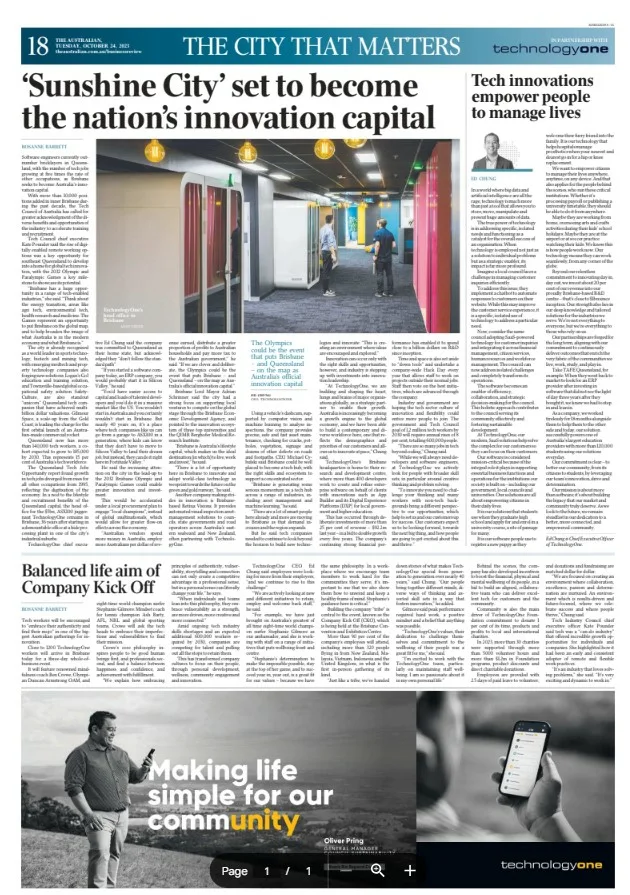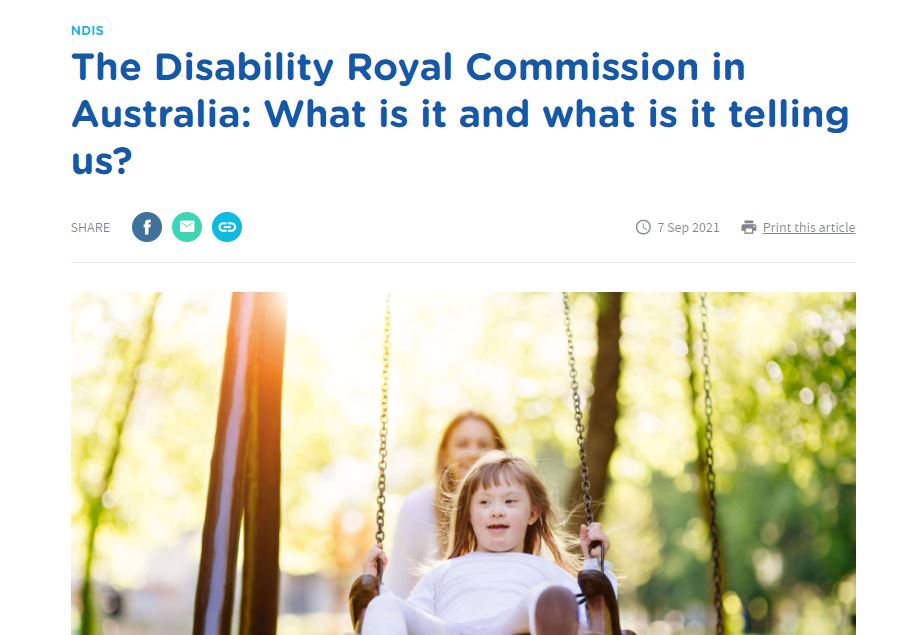Building trust through stakeholder engagement and communications
Community and stakeholder expectations are rising. Amid increased awareness and access to information – and misinformation – communities and stakeholders are more informed about corporate practices and are better able to compare them to global industry standards, for good or ill. Likewise, there is an increasing connection and complexity in and between communities that can build stakeholder groups of interest despite their geographies. Climate change activism, for example, has no boundaries.
Rare but high-profile incidents of corporate misconduct or negligence have also led to increased scrutiny and demand for greater accountability. This has elevated expectations for ethical behaviour and responsible business practices.
All these elements combined, has led to the rise of contemporary engagement and communications practices to build trust. But how to do it in a way that is meaningful?

What is engagement?
According to the peak body for engagement professionals IAP2 Australasia, International Association for Public Participation, engagement is “an intentional process with the specific purpose of working to shape the decisions or actions of members of the community, stakeholders or organisation in relation to a problem, opportunity or outcome”. It has key attributes:
- It is purposeful and goal driven
- It is trust and relationship focused
- It is values based and people centred
- It is inclusive and equity centred
- It is impactful and outcome oriented.
Communication within engagement is critical. Without effective communication, there is no way to understand the community needs and concerns, and enable a two-way dialogue. The issues that concern a group may not be the ones that the project developer would have considered important, or visa versa. Being able to express thoughts, ask questions, provide input and feedback is essential to build the foundation for trust.
Internationally, IAP2 has five essential foundations for engagement to be considered effective. The engagement should be: decision and impact oriented, values based, relationship focussed, goal driven and equity centred.

Benefits of engagement and communication with stakeholders
When an organisation engages actively with the community, it is a demonstration of how much they value the well-being and interests of community members.
Clear and transparent communication can also help to manage community expectations. It allows for realistic discussions about what the company can and cannot do, helping to prevent disappointment or misunderstandings. Organisations have to be honest and upfront about what is up for discussion and negotiation, and what is not.
For organisations, having a broad understanding of issues that impact the communities can enhance decision-making. It may also build early insights, and technical support for the project planning and design.
When it all goes wrong, the consequences can be massive. Legal challenges, community opposition and the loss of social licence leads to delays and the potential for additional regulation and costs. In fact, Infrastructure Australia’s 2019 Australian Infrastructure Audit highlighted the estimated cost of delayed or cancelled projects due to community opposition at about $20 billion in the previous decade.
However, with trust and effective relationships between communities and proponents, projects can be strengthened and are more likely to be supported and successful.

Building trust through communication
Share information about company initiatives, projects, policies, and any potential impacts on the community. This ensures that community members are well-informed and can make informed decisions.
Content should be clear, realistic, informed and transparent. Do not make promises that are not achievable. This will lead to understandable mistrust.
Should conflict arise – which is inevitable in major projects – swift and open communication is vital to address it. Through two-way dialogue there is the potential for problem-solving, and finding a mutually acceptable solution.
Regular communications, through a variety of channels, reinforces a commitment to responsibility, promotes accountability and provides a platform for changing circumstances. This must continue throughout and beyond the life of the project.
Methods of engagement and communication
There are a vast array of methods for engagement and communication, from newsletters to surveys, to discussion groups and town halls. Most engagements use a number of touchpoints to inform or seek information, depending on the context, scope and the communities of interest involved.
For example, a town hall may be ideal in an environment of high trust, but could be challenging in a high-emotion, complex scenario. Regular and repeated contacts – when the stakeholder is engaged – is preferable.






































